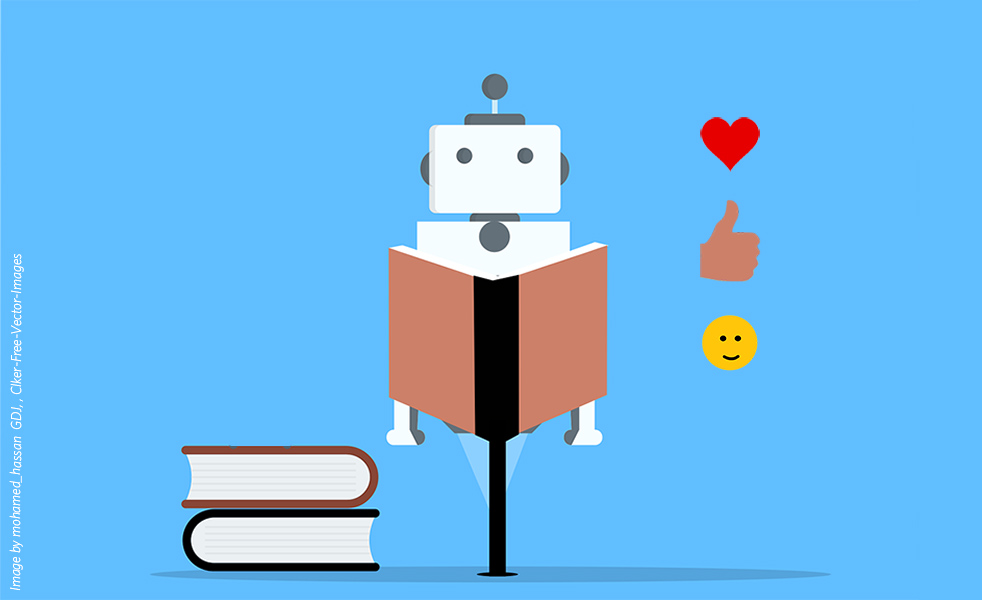'Ethics Sheets for AI Tasks and a Case Study for Automatic Emotion Recognition', Dr. Saif M. Mohammad
July 15, 2021, 1:00 pm to 2:30 pm
Join us for this Language Science Talks by Dr. Saif M. Mohammad, Senior Research Scientist at the National Research Council Canada, hosted by UBC Computer Science Assistant Professor of Teaching Varada Kolhatkar. Everyone is welcome to join!
Abstract: As NLP and ML systems become more ubiquitous, their broad societal impacts are receiving more scrutiny than ever before. Several high-profile events have highlighted how technology will often lead to more adverse outcomes for those that are already marginalized. This raises some uncomfortable questions for us as researchers: What are the hidden assumptions in our research? What are the unsaid implications of our choices? Are we perpetuating and amplifying inequities or are we striking at the barriers to opportunity? The answers are often complex and multifaceted. In this talk, I will make a case for continued efforts in documenting ethical considerations for AI Tasks (through individual and community efforts). I will present a new form of such an effort: Ethics Sheets for AI Tasks which, together with Data Sheets for Datasets and Model Cards for AI systems, aids in the development and deployment of responsible AI systems. Finally, I will provide an example ethics sheet for automatic emotion recognition and sentiment analysis.
I will start the talk with a quick overview of my past work at the intersection of language and emotions; notably, work on large human-annotated word–emotion lexicons.
Bio: Dr. Saif M. Mohammad is Senior Research Scientist at the National Research Council Canada (NRC). He received his Ph.D. in Computer Science from the University of Toronto. Before joining NRC, he was a Research Associate at the Institute of Advanced Computer Studies at the University of Maryland, College Park. His research interests are in Natural Language Processing (NLP), especially Lexical Semantics, Emotions and Language, Computational Creativity, AI Ethics, Computational Social Science, and Information Visualization. He has served in various capacities at prominent journals and conferences, including: action editor for Computational Linguistics, chair of the Canada--UK symposium on Ethics in AI, co-chair of SemEval 2017-19 (the largest platform for semantic evaluations), workshops co-chair for ACL 2020, co-organizer of WASSA 2017 and 2018 (a sentiment analysis workshop), and senior area chair for ACL, NAACL, and EMNLP (for sentiment analysis, lexical semantics, and fairness in NLP). His word--emotion resources, such as the NRC Emotion Lexicon, are widely used for analyzing affect in text. His work has garnered media attention, including articles in Time, SlashDot, LiveScience, io9, The Physics arXiv Blog, PC World, and Popular Science.
Webpage: http://saifmohammad.com
Closed captions will be available for this talk. If you require an accessibility-related measure (e.g.: sign language interpretation, or any other accessibility-related measure), please contact Alex Walls at alex.walls@ubc.ca or 778 984 6173.
